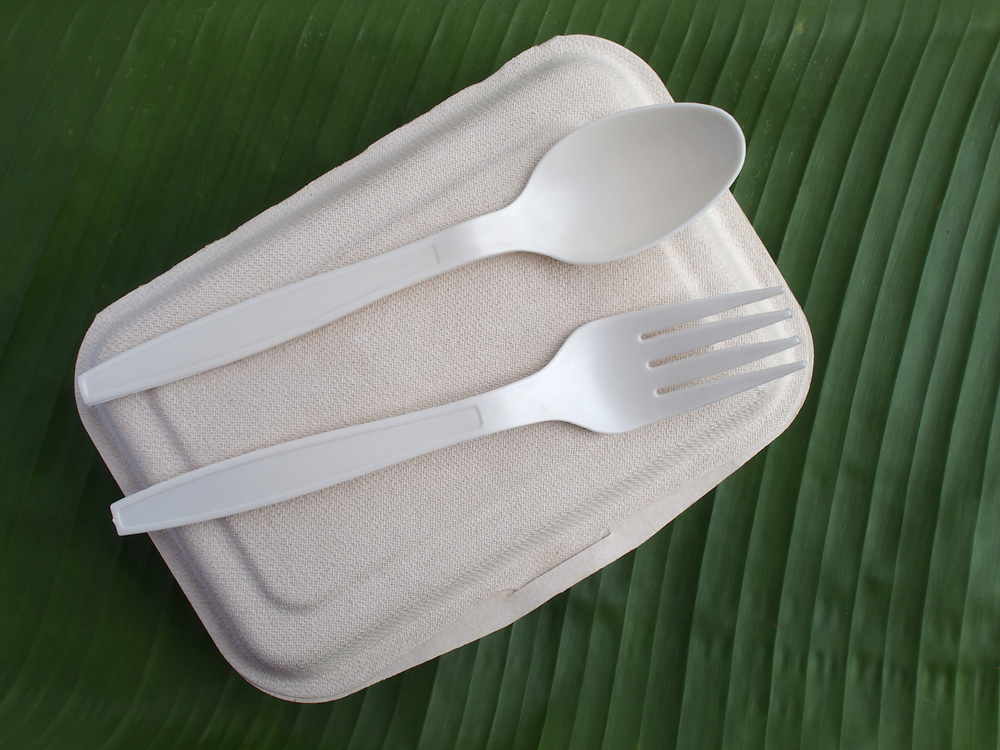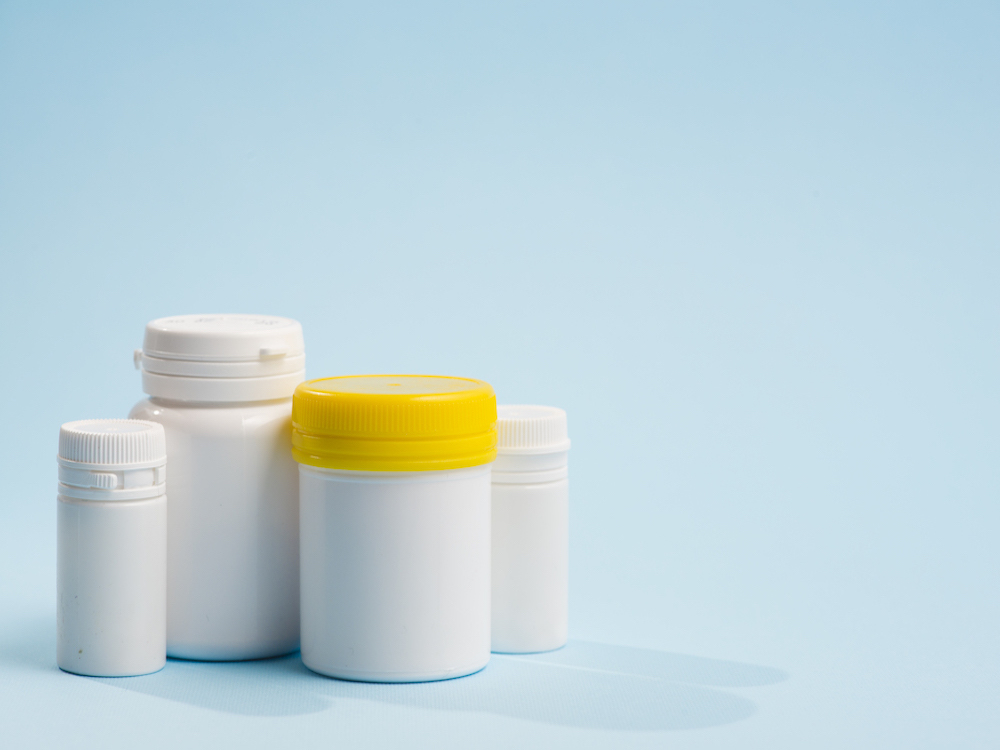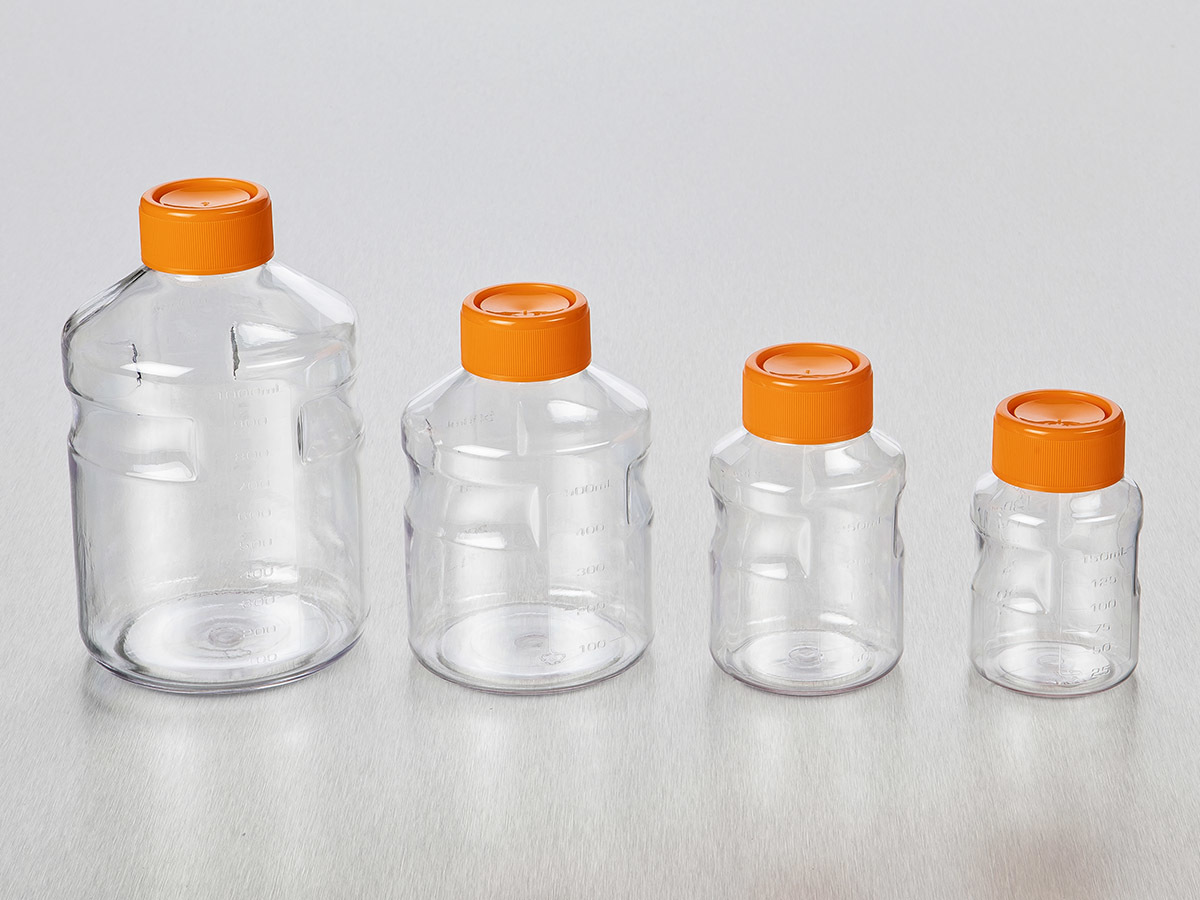
Bioplastics The Next Big Thing?
The term “bioplastic” represents a plastic substance that is based (wholly or in part) on organic biomass rather than petroleum. Many bioplastics are biodegradable, which is – in theory – one of their greatest advantages (more on this later). However, it is easy to confuse some of the common terms in use; although they sound similar, many terms regarding bioplastics are not interchangeable. Here are three distinct descriptors
- What does bio-based plastic mean? This is a very broad term that basically means a substance was derived from plant-based material, whether wholly or in part. Starch and cellulose are two of the most common renewable feedstocks used to create bioplastics; these typically come from corn and sugarcane. Bio-based plastics are distinguished from much more common petroleum-based polymers (visit our Plastics page to learn more about conventional types of plastics). Although many would assume that anything “bio-based” is biodegradable, this is not the case.
- What does biodegradable plastic mean? Whether a plastic is biomass- or petroleum-based is a different question than whether it will biodegrade (a process by which microbes break down material if conditions are suitable). Technically, all materials are biodegradable, but for practical purposes, only those that degrade within a relatively short period of time (weeks to months, usually) are considered biodegradable. As mentioned in the previous bullet, not all bio-based plastics are biodegradable; bioplastics that don’t degrade within a few months or years are sometimes called “durable.” Conversely, there are petroleum-based plastics that will degrade faster under optimal conditions than will their organic biomass counterparts.
- What does compostable plastic mean? According to the American Society for Testing and Materials, compostable plastics are those which are “capable of undergoing biological decomposition in a compost site as part of an available program, such that the plastic is not visually distinguishable and breaks down to carbon dioxide, water, inorganic compounds, and biomass, at a rate consistent with known compostable materials (e.g. cellulose), and leaves no toxic residue.” The requirement for no toxic residue is one of the distinguishing characteristics between compostable and biodegradable. Also of note, some plastics can be composted in home gardens, whereas others require commercial composting (where temperatures get much higher and the composting process happens faster).
Corn and sugarcane are two of the most popular feedstocks currently used to create bioplastics, but there are many options to choose from. For instance, Turkish inventor Elif Bilgin won a 2013 Science in Action award for creating a bioplastic from banana peels when she was sixteen years old. Other renewable resources that have been used include mango skins and waste from potato cutting, such as that used in developing new packaging for Snickers candy bars in Europe.
Nam libero tempore, cum soluta nobis est eligendi optio, cumque nihil impedit, quo minus id, quod maxime placeat, facere possimus, omnis voluptas assumenda est, omnis dolor repellendus. Temporibus autem quibusdam et aut officiis debitis aut rerum necessitatibus saepe eveniet, ut et voluptates repudiandae sint et molestiae non recusandae. Itaque earum rerum hic tenetur a sapiente delectus, ut aut reiciendis voluptatibus maiores alias consequatur aut perferendis doloribus asperiores repellat.

Benefits: Generally speaking, the greatest advantages of a burgeoning bioplastic industry are a smaller energy footprint and a less polluted ecosystem. The problem of overflowing landfills and floating islands of trash – in theory – will be addressed through increased use of bioplastics. As mentioned above, however, not all bioplastics actually degrade in a meaningful time span; it is entirely realistic that some bio-based plastics will remain intact for decades, especially if they are not discarded properly.
Bioplastics are also gaining popularity because they don’t contain bisphenol A (BPA)…you may recall seeing plenty of marketing for BPA-free products, especially in the food storage and baby feeding/accessory industries. For instance, the European Union has banned the use of BPA in baby bottles, although it is not clear yet what the potential impacts are of BPA in consumer goods. For the time being, most of the concern seems to be centered on BPA’s alleged ability to disrupt hormonal activity. Bioplastics provide a potential alternative to this issue (although there is no guarantee that BPA won’t be added to bioplastics in the future).
Depending on the particular material, the manufacturing process for some bioplastics results in lower greenhouse gases than petroleum-based plastics. For example, polylactic acid (PLA) is one bioplastic that can be produced from manufacturing equipment that already exists, thus making it more cost efficient to create. However, this does not necessarily account for the entire lifecycle of a plastic; in many cases, the methods used to grow renewable feedstock have a large footprint, and what happens after a bioplastic product is used can vary wildly. Let’s discuss.
Disadvantages: It can be very difficult for consumers to discern which bioplastics they’re using are biodegradable or compostable, and which conventional plastics they’re using are biodegradable, compostable, or otherwise recyclable. For this reason, many bioplastics do not get discarded properly…and some municipalities don’t even have the facilities to sort, compost, or recycle bioplastics, so everything ends up in a landfill anyway. For example, a cup made from polylactic acid (PLA) looks and feels like regular plastic, so a consumer may throw it into the recycle bin, when really it could be composted. But here’s what may happen instead, according to EarthIsland:
“At the recycling facility, a PLA cup can be mechanically separated from PET products using an infrared sensor. But recyclers don’t usually take the trouble to do such sorting. It’s an expensive process and no one is going to pay them enough for that PLA to justify the cost. Within the PET stream, PLA tends to muck things up. If enough PLA (or other non-PET material) ends up in a bale of PET, a plastics reclaimer is going to turn it away and the bale will likely end up in a landfill. So suddenly those earth-friendly packaging materials have cut short the possibility that the PET inside that bale will find another useful life before ending up in a landfill.”
Aside from impacting the potential reusability of conventional plastics, many bioplastics must be discarded properly in order to actually biodegrade or compost. For instance, if a biodegradable fork is packed into an airtight landfill, it may not degrade at all. Conversely, anaerobic degradation (decomposition in the absence of oxygen) could happen when moisture is present, meaning biodegradable bioplastics create an air pollution problem by creating methane.



